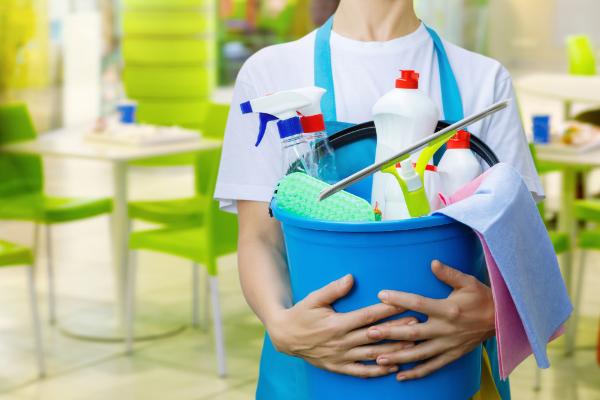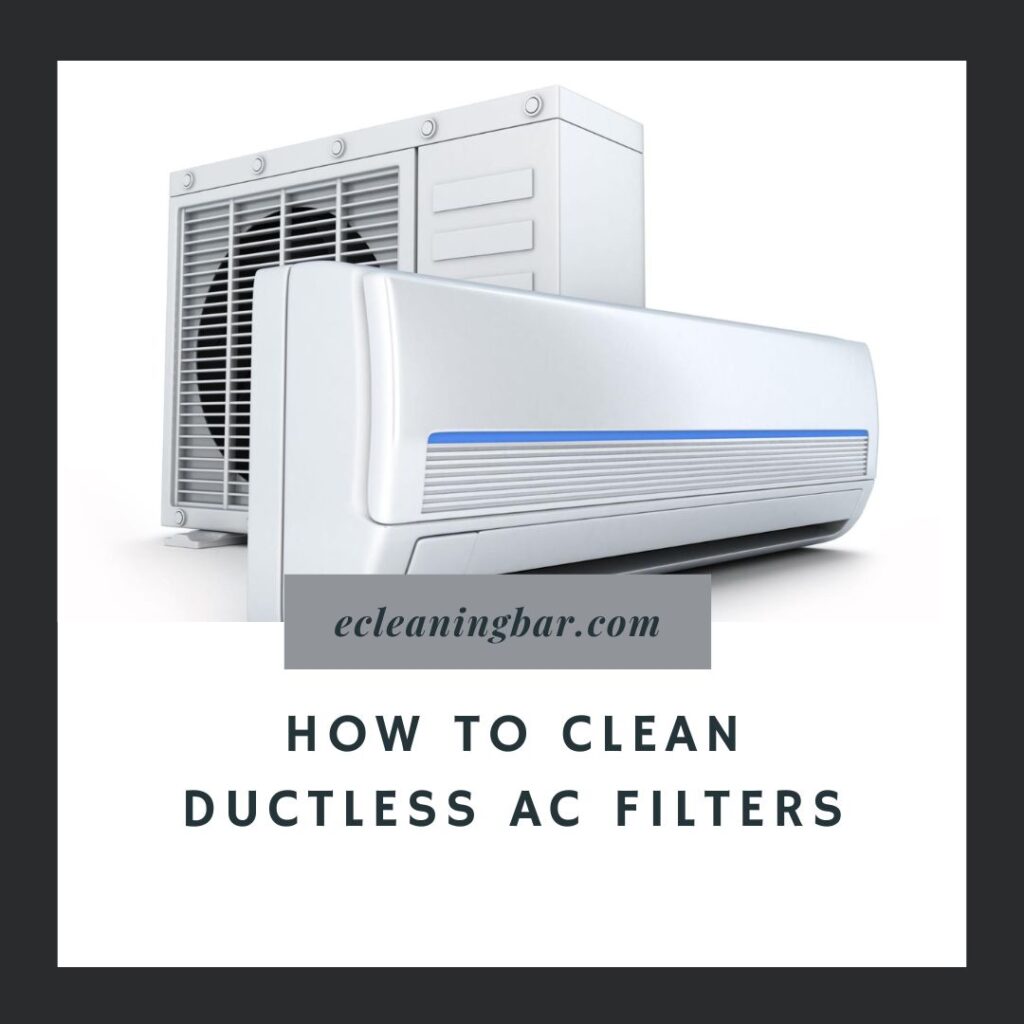A vacuum cleaner is among the most used home appliances. It’s a real hero when it comes to picking up dust, crumbs, and filth from all around the house, including mattresses, carpets, baseboards, upholstery, and floors. Also, cleaning the vacuum, and more especially the filter, is the best approach to maintaining a powerful suction. Vacuums that use one or more filters are capable of capturing even the smallest particles. Dust is less likely to settle on surfaces in your room since the filter traps it before it can rejoin the air. When your vacuum isn’t sucking up dust and debris like it used to, try cleaning the filter.
When Should You Clean Your Vacuum Filter?

The dirtiness of the area you’re cleaning and the number of times you use the vacuum determine how often the filter needs to be cleaned. When you turn on the vacuum and have filthy filters, you’ll smell something musty right away, and the suction will decrease as you vacuum. The filter could require cleaning once a month in heavily populated areas. Vacuum cleaner filters typically need to be changed every three months.
Get a new filter or clean the old one. When you’re ready to clean your vacuum, that’s one of the first things you should do. Vacuum filters typically come in three varieties:
Membrane Filters:
Typically shaped like a circle, foam filters are easily washable with water and soap.
Synthetic Or Pleated Cartridges:
While these budget-friendly filters may not be washable, they can still be cleaned multiple times before needing to be replaced. While it may be impossible to completely clean some HEPA filters, you can extend their life by removing dust before you change them on a regular basis.
Always Remember:
It is recommended to refer to the manufacturer’s instructions for the particular vacuum filter before cleaning it. To find out how to clean your model’s filters and where to buy replacements if you aren’t familiar with their location or kind, check out the manufacturer’s website.
Materials Required:

- A basin or a small bowl.
- Cleaning Instruments.
- Soft bristles nylon brush.
- Microfibre towel.
- Drying Rack.
- Trash Bin.
Detergents:
Dishwashing detergent or all purpose cleaning agent.
Steps To Follow:
Remove The Vacuum Hose And Take It Down.
To avoid electric shocks, always disconnect the vacuum before disassembling it. Get rid of the collection bag or empty the canisters. Find and take out the filters.
A solution of two drops of dishwashing liquid or an all-purpose cleaner in two cups of hot water is all you need to clean foam vacuum filters. Just combine the ingredients in a sink or small bowl.
To force the cleaning solution into the foam’s pores, submerge the filter and gently squeeze it. If the water turns black from too much dust, make a new solution and keep pressing.
After the suds have dissipated and the water is clear, rinse the filter again.
To remove excess water, gently roll the filter over a microfiber towel.
Allow the filter to air dry by setting it on a drying rack. Please allow up to 24 hours for this. Put in a new filter. Putting a wet filter back into the vacuum won’t work.
Cleaning Vacuum Filters Made Of Foam:
Combine two cups of hot water with two drops of dishwashing liquid or an all-purpose cleaner in a small basin or sink. This will be a cleaning solution.
To force the cleaning solution into the foam’s pores, submerge the filter and gently squeeze it. If the water turns black from too much dust, make a new solution and keep pressing.
After the suds have dissipated and the water is clear, rinse the filter again.
To remove excess water, gently roll the filter over a microfiber towel.
Allow the filter to air dry by setting it on a drying rack. Please allow up to 24 hours for this. Put in a new filter. Putting a wet filter back into the vacuum won’t work.
Cleaning Synthetic Fibers And Pleated Paper The Right Way:
Since most manufacturers consider pleated filters disposable, they typically come with a replacement schedule. Rinsing or soaking paper filters in water is never a good idea. Some filters, nevertheless, are constructed from a synthetic non-woven material (think dryer sheet) that can be washed several times to eliminate dust.
Taking a pleated paper filter out of the vacuum will make it last longer. Remove any obvious debris by brushing it away with a soft-bristled brush (an old toothbrush would do). To remove dust, tap the filter gently against the edge of a garbage can or an outside railing. Put in a new filter.
Cleaning a synthetic fiber filter in the same way as a paper filter will keep it in good condition for longer. Once the dust has been tapped out, place the filter under a running water stream to remove even more dust. To ensure maximum absorption of moisture, wrap the filter in a microfiber towel. The filter should not be crushed. After a day of airing out, set the filter on a drying rack.
Maintaining Your HEPA Filter:

Almost all airborne particles larger than 0.3 microns will be captured by a vacuum with a High-Efficiency Particulate Air (HEPA) filter. In many cases, rinsing a HEPA filter with plain, cold water will remove dust and other allergens. The filter is composed of finely woven synthetic fibers. For the recommended frequency of filter replacement, consult your vacuum’s user manual. Another way to make the HEPA filter last longer is to take it out of the vacuum and tap it against a trash can or outdoor railing to eliminate dust.
Ways To Preserve The Vacuum Filter To Stay Clean For More Time:
- Replace the vacuum bag or dust canister as needed.
- Take a moment after each use to wipe off any dust that may have clung to the appliance vent covers.
- Use a few drops of essential oil to spritz foam filters that have a musty odor.
FAQs:
For What Purposes Is A Vacuum Filter Cleaned?
Put in a new filter. Almost all airborne particles larger than 0.3 microns will be captured by a vacuum with a High-Efficiency Particulate Air (HEPA) filter. In many cases, rinsing a HEPA filter with plain, cold water will remove dust and other allergens. The filter is composed of finely woven synthetic fibers.
What Are The Different Types Of Vacuum Filters?
The standard vacuum cleaner, a high-efficiency particulate air (HEPA) filter, a bag, or a foam filter are all possibilities. Portable vacuum cleaners: some models use tiny cartridge filters and don’t use bags. Large cartridge filters, filter bags, reusable disc filters, and foam sleeves are common attachments for workshop vacuums.
Where Is The Vaccum Filter Located?
The location of the vacuum cleaner’s filter varies by model and type. The dirt container is usually located below or above the filter. Some vacuums use a plastic bin or bag.
Conclusion:
An essential part of any vacuum cleaner is the filter. There is a wide variety of sizes and forms available, and they serve many different purposes. To keep the vacuum running for longer, there are filters that trap dirt and dust particles before they damage the motor.

